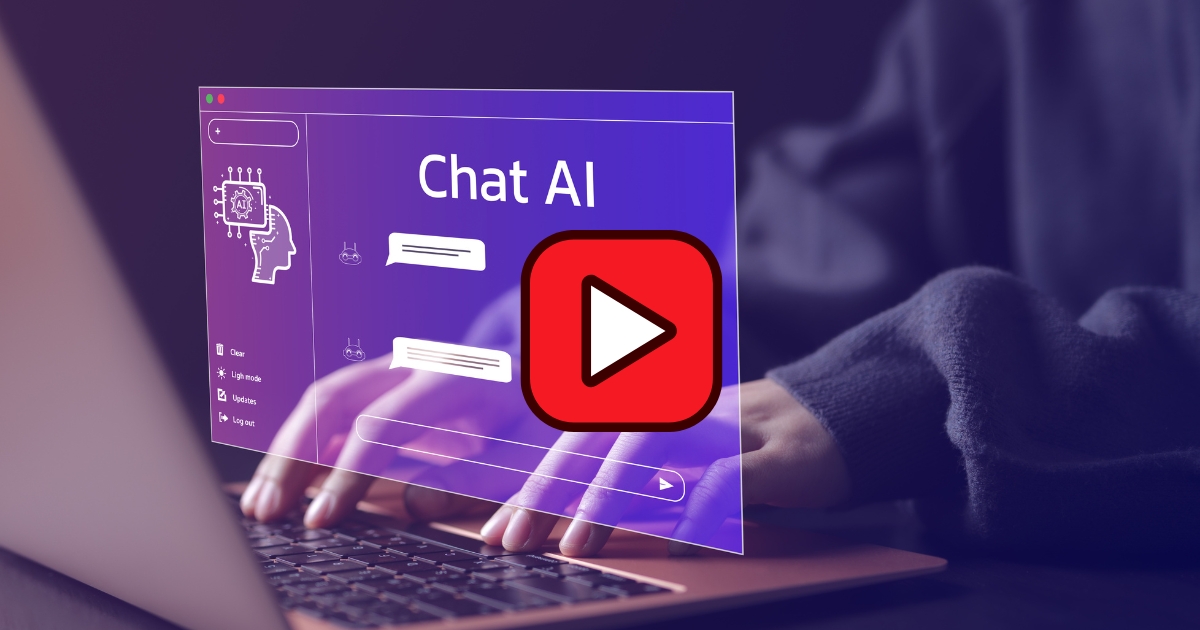I posted AI-created videos for one month, and this is what happened on my YouTube channel. The goal of this article is to debunk the myths associated with AI-created content. I’m going to show you how to create AI content and explain the reasons why you should do it. First, let’s get into the numbers. One of the biggest misconceptions about AI-created content is that it cannot be monetized. That is absolutely not true, and I’ll demonstrate here by showing you the nuts and bolts of the videos I’ve created and posted on this channel, along with the revenue they generated.
Here’s a video I made using AI tools showing how to measure body voltage with a multimeter. It generated about 1,200 views. Looking at monetization, you’ll see a green dollar sign, which means this video is being monetized. It brought in $11.13. While that’s not a huge amount, the point of this experiment was to see if AI-generated videos could be monetized and recognized on YouTube as original content. This video’s RPM (Revenue Per Mill or 1,000 views) is $96.
Now, let’s compare it with a video I made without AI tools. This one is about cataract surgery lenses that patients can choose. It generated a similar number of views—1,200—and earned $56, with an RPM of $43. Even though this video was entirely human-made and edited by me without AI tools, it earned a lower RPM than the AI-generated one. I won’t dive into the reasons why certain videos have higher or lower RPMs here—that depends on factors like advertisers, audience engagement, and other variables—but it’s clear that AI tools can create monetizable and competitive content.
Another video I made without AI tools was about the scientific reasons why earthing and grounding heal. This video performed exceptionally well, with over 32,000 views in its lifetime. It generated $157.41 with an RPM of $4.85. The higher RPM suggests that this video attracted a higher-quality pool of advertisers willing to pay more to be on this page, likely because the viewers were more engaged, and the watch time was higher.
YouTube has changed its policies, and if you use AI tools to generate a significant portion of your video, including a cloned voice, you must declare it. When uploading a video, there’s an option to check that it’s AI-generated content, ensuring transparency for viewers. AI tools primarily save time. Before using AI, it took me an average of three hours to edit a short video under one minute and up to a week to edit a 10- to 15-minute long video. With AI tools, I can now create a short video in about 15 minutes, or 30 to 45 minutes if I want to add more polish. This is a huge timesaver, especially for beginners.
In this video, I focus on using an AI tool called Invideo AI, which allows you to make videos on your phone, laptop, iPad, or web browser. It offers three pricing options: Free, Plus, or Max. The Free version includes 10 minutes of AI generation, 10 GB of storage, four exports per week, and access to 2.5 million media files. The Plus version costs $20/month and includes 50 minutes of AI generation, 100 GB of storage, unlimited exports, and two voice clones. The Max version costs $48/month, offering 200 minutes of AI generation, 400 GB of storage, five voice clones, and more.
Using Invideo AI, you can create YouTube explainer videos, shorts, TikToks, Instagram Reels, and even clone your voice or someone else’s. To create a video, you can start with a simple prompt like, “Create a video about dogs jumping through hoops.” For example, I picked a news article about the Joker sequel breaking box office records and used it as a prompt to create a 20-second YouTube short. I chose 20 seconds because shorter videos tend to have better watch time metrics, increasing their chances of going viral.
The tool allows customization at every step. I edited the subtitles, changed the narrator’s voice to a male American tone, adjusted the speed to 1.2x, and fine-tuned the b-roll footage. For example, I replaced generic stock footage with a Joker movie poster and scenes from the film. The editing interface lets you adjust clip durations, center points, and more, making it easy to create a professional-looking video.
Once the draft video looked good, I edited the music, selecting an epic track to match the tone. I adjusted the volume, fade-in, and fade-out points, ensuring the music complemented the visuals. After finalizing the video, I uploaded it using the YouTube mobile app. This is important because only the mobile app lets you select a thumbnail for YouTube Shorts—a crucial feature for grabbing viewers’ attention.
Using AI tools and creating original content is completely acceptable on YouTube as long as you follow their guidelines. AI tools save time, help you create high-quality content, and allow you to explore video creation without being on camera. YouTube is an incredible platform to share your expertise, stay sharp, and even make an income. If you want to learn how to grow a channel or use AI tools effectively, subscribe.


Leave a Reply